The experts in boutique travel To Peru and South America
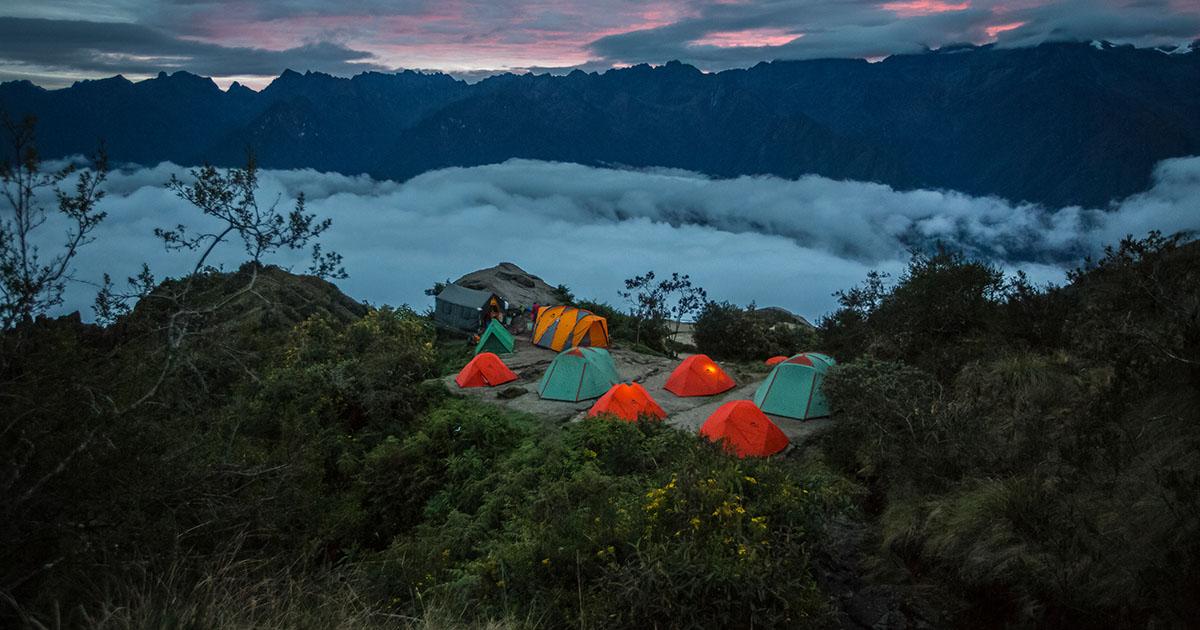
Peru has so many incredible hiking trails that it’s difficult to narrow the best treks in Peru to just ten. No matter where you are hiking in the Andes Mountains, it is sure to be rewarding. From the deepest canyons to Inca trails and the Cordillera Blanca. Azure lakes, mountain vistas, Inca ruins and remote Andean villages are sure to amaze. Here are the top ten multi-day Peru hikes.
Basic information:
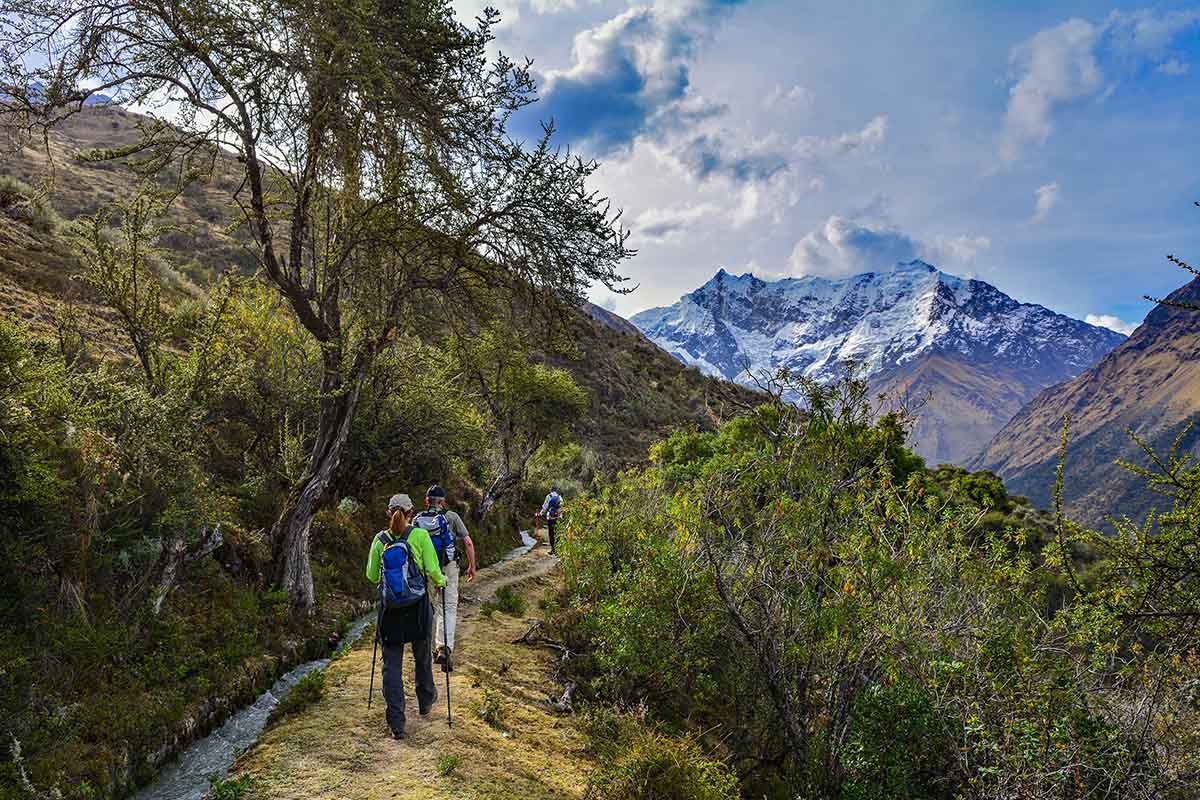
Salkantay is a great Inca Trail alternative when permits are sold out or you’d simply like to avoid crowds. When it comes to Andean landscapes, you couldn’t ask for a better trail. The Salkantay trek covers several Andean microclimates. First, trekkers climb up into the alpine tundra facing the monumental Apu Salkantay. They then descend into subtropical cloud forest as they approach Machu Picchu. The vibrant blue-green Humantay Lake also sits along the trail, as well as the Inca ruins Llactapata. Trekkers will also enjoy soaking in hot springs and tasting freshly roasted and brewed local coffee.
The most common version of the Salkantay trek takes five days. The first four days are full trekking days, while the fifth day is to visit Machu Picchu. Note that, unlike the Inca Trail, Salkantay ends at Aguas Calientes instead of the Sun Gate. Those who are in a rush or prefer more of a challenge can complete the trek in four days if they opt to skip a few sites. A final option for those ready to take their time is the Lodge to Lodge Salkantay trek. This one includes five nights at cozy mountain lodges equipped with jacuzzis. The final night has you staying at the top-notch Inkaterra Machu Picchu Pueblo Hotel in Aguas Calientes.
Don’t have enough time to hike the whole trail? Not to worry, you can enjoy a full-day hike to Humantay Lake instead!
Basic information:
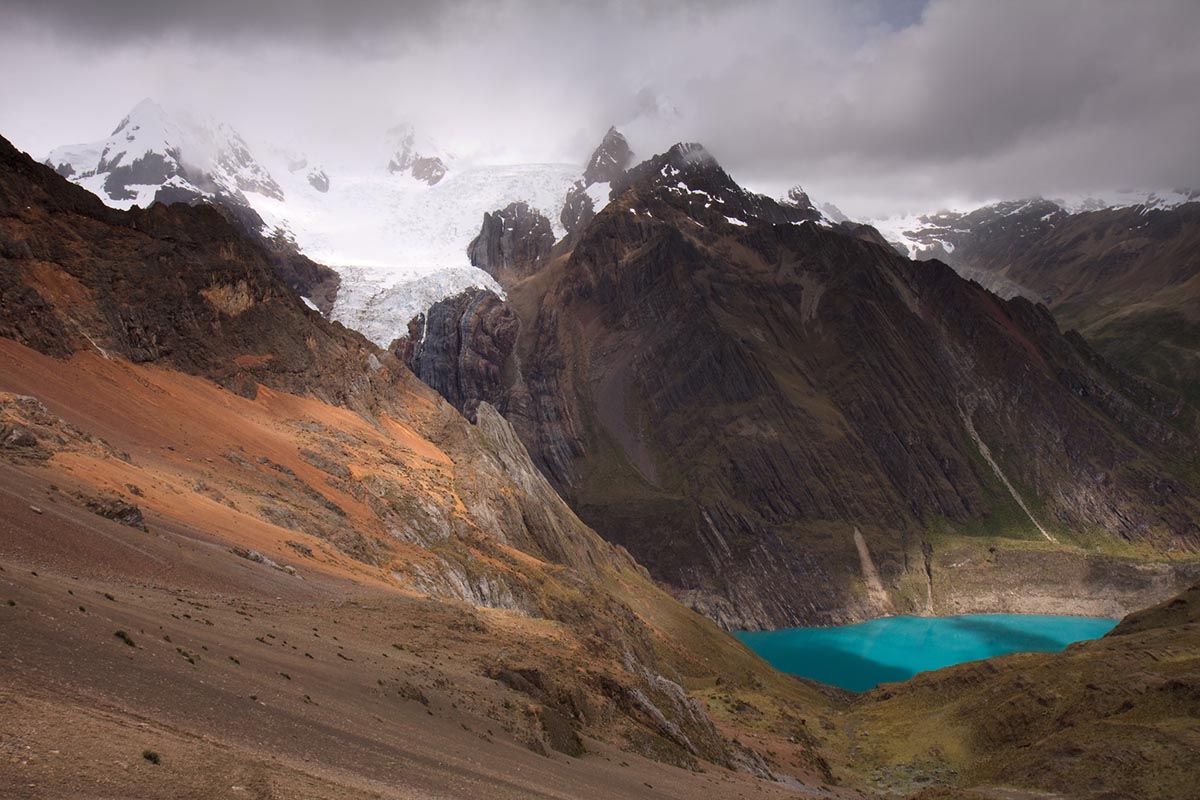
Huayhuash is one of the longest, most difficult treks in Peru. The classic circuit takes 12 days to complete, starting and ending in the town of Huaraz. Of course, those short on time can do variations of the circuit that take as little as four days. All options still include crystal blue glacial lakes and unobstructed mountain views. Few people know about this trek outside of Peru, so you’ll likely have sections of the trail all to yourself!
There are a few factors that make this trek so challenging. Firstly, the entire circuit is at such a high elevation that it’s completely above the tree line. So although you get spectacular views throughout, the air is pretty thin. Secondly, the weather is rather capricious, easily dropping to hypothermic temperatures. Lastly, the trails themselves are all around roughly made. The Peruvian government has made incredible improvements to the trail’s infrastructure. However, it’s still not on par with more popular treks like the Inca Trail and Salkantay. All of this makes this trek more suitable for very experienced trekkers.
Basic information:
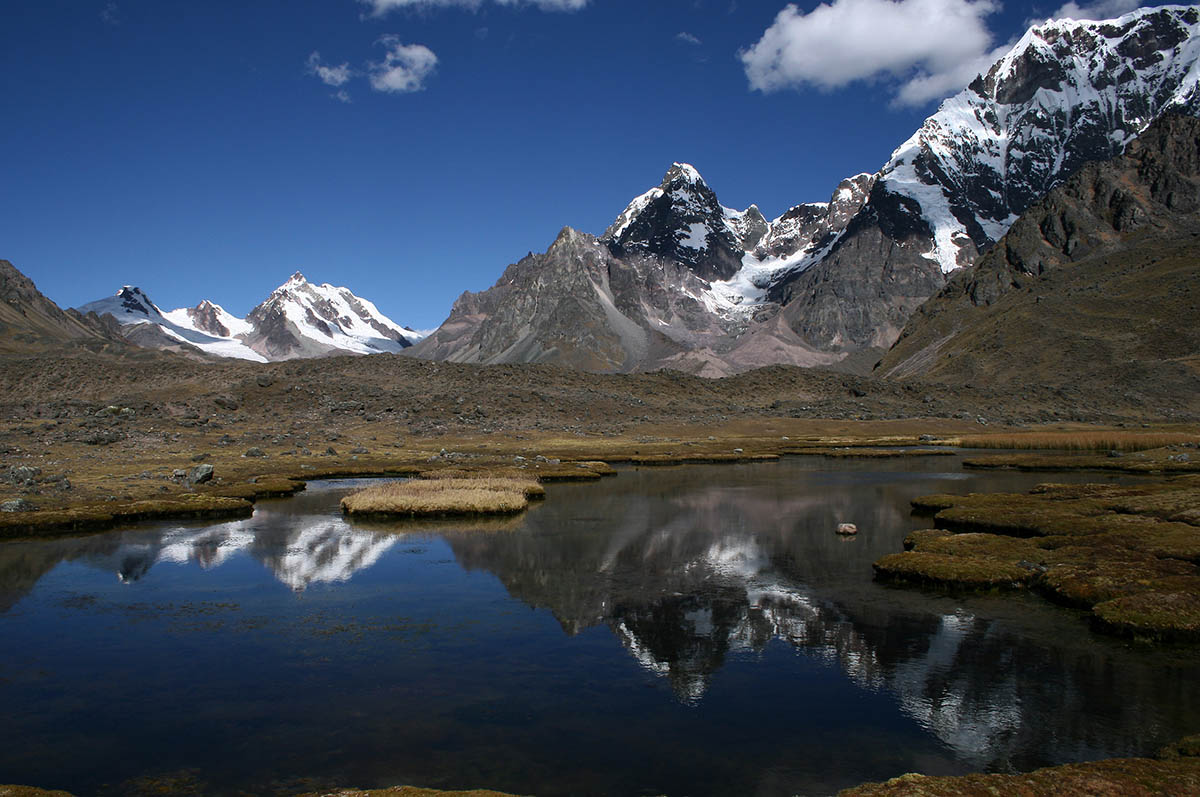
Backpackers rave about the Ausangate trek as one of the best off the beaten path treks in Peru. The trail is remote and boasts some of the best kept Andean scenery. Highlights include the snow-capped peaks, glaciers, jewel-toned lakes and traditional Andean villages. There is also the option to add an extra day to visit the famous mountain in Peru, Rainbow Mountain. Thanks to mineral deposits in its soil, this mountain has the most stunning colors.
However, trekkers should keep in mind that this is one of the more difficult Peru hikes. Ausangate’s elevation ranges from 10,334 to 16,800 feet (3,150 to 5,120 meters). With tour options ranging from four days to six, it’s best to pick a longer tour if you’re not an avid hiker. This will give you more time to rest along the trail and better enjoy the impressive landscape.
If you don’t have time for a multi-day trek, you can spend a full day hiking to the top of Rainbow Mountain.
Basic information:
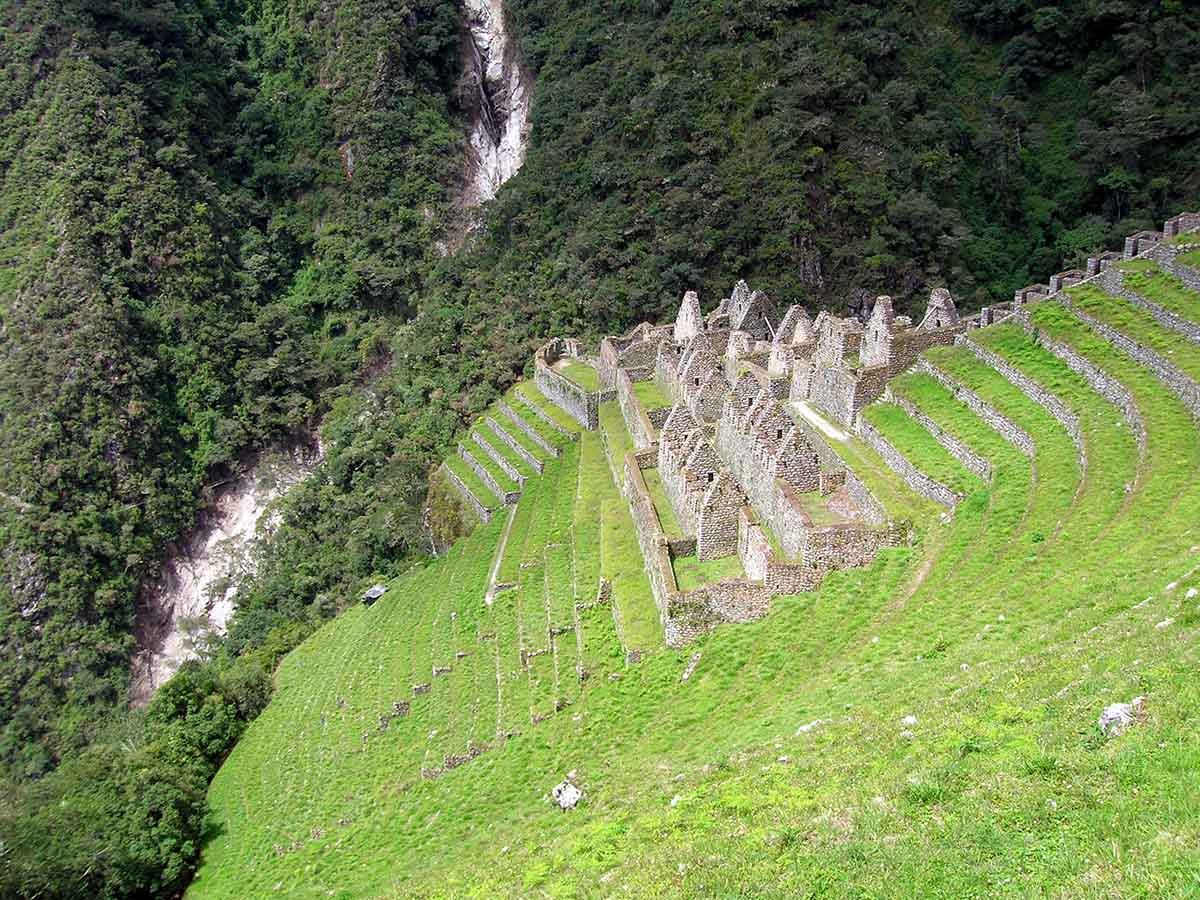
Anyone thinking about trekking in Peru has come across the famous Inca Trail. It is at the top of the list when it comes to the best hiking trips to Machu Picchu. In fact, it’s the only trek that directly enters Machu Picchu through its iconic Sun Gate or Inti Punku. Although the trail itself is moderately challenging, the elevation makes it feel more difficult. This is why acclimatizing beforehand is so important. Trekkers should also consider the difficulty of the steep, stone steps that make up the bulk of the second day’s hike. These ancient Inca steps are tough on the joints.
Because it is the most famous trek in Peru, it is also the most regulated. The Peruvian government limits Inca Trail permits to 500 per day. This includes all trekkers, guides and porters. It is recommended to book your Inca Trail tour at least six months in advance. The trail is also completely closed for the month of February for maintenance.
If you’re short on time, an alternative to the classic Inca trail is the 2-day Inca Trail. This version starts at KM 104, meeting the trail after Wiñay Wayna, and finishing at the Sun Gate all in one day. After a night in a hotel, you visit Machu Picchu with your guide. A permit is also required.
Trekking Tours:
Basic information:
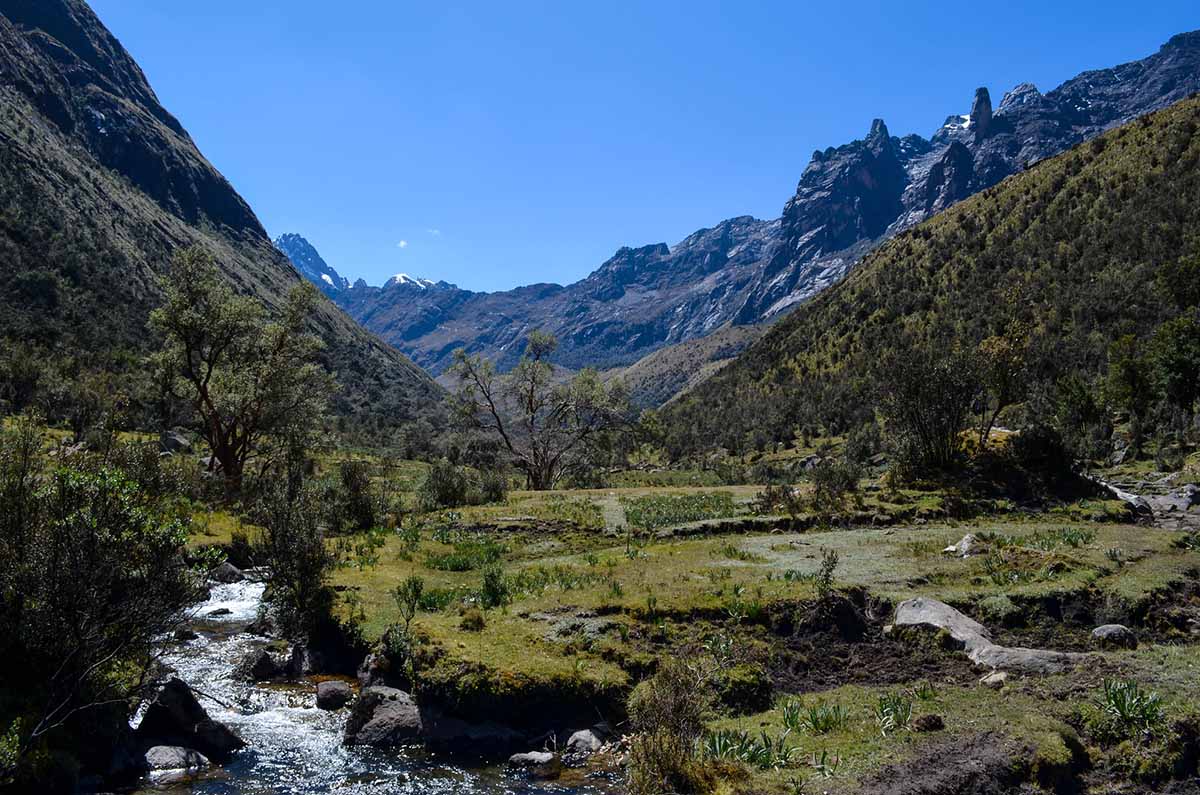
Santa Cruz is a scenic trek in the Huascarán National Park near Huaraz. It’s challenging enough to be rewarding but not as difficult as Huayhuash or others in the area. The circuit culminates at Punta Unión Pass at a dizzying 15,580 feet. On clear days looking to the east, you can see a never-ending row of sky blue lakes and waterfalls. Turn your gaze to the west for monstrous glaciers. Towering snow-capped peaks line the valley, like Santa Cruz and Alpamayo. The trail’s inclinations are tough but make up only a small part of the trail. What makes this trek challenging is the elevation since it’s almost all above 13,000 feet (4,000 m).
Since Santa Cruz is a large loop, it’s possible to start the trek in either direction. However, most tour groups will begin at Vaqueria. This is the higher of the two points (12,139 feet/ 3,700 meters), but it allows for the final day to be almost all downhill. The other option is Cashapampa (9,514 feet/ 2,900 meters) for an easier altitude change but uphill hiking. It usually takes four days at a decent pace to complete the circuit. This is the most common length for group tours. Independent hikers can finish in as little as three days or hike at their leisure over five days.
Basic information:
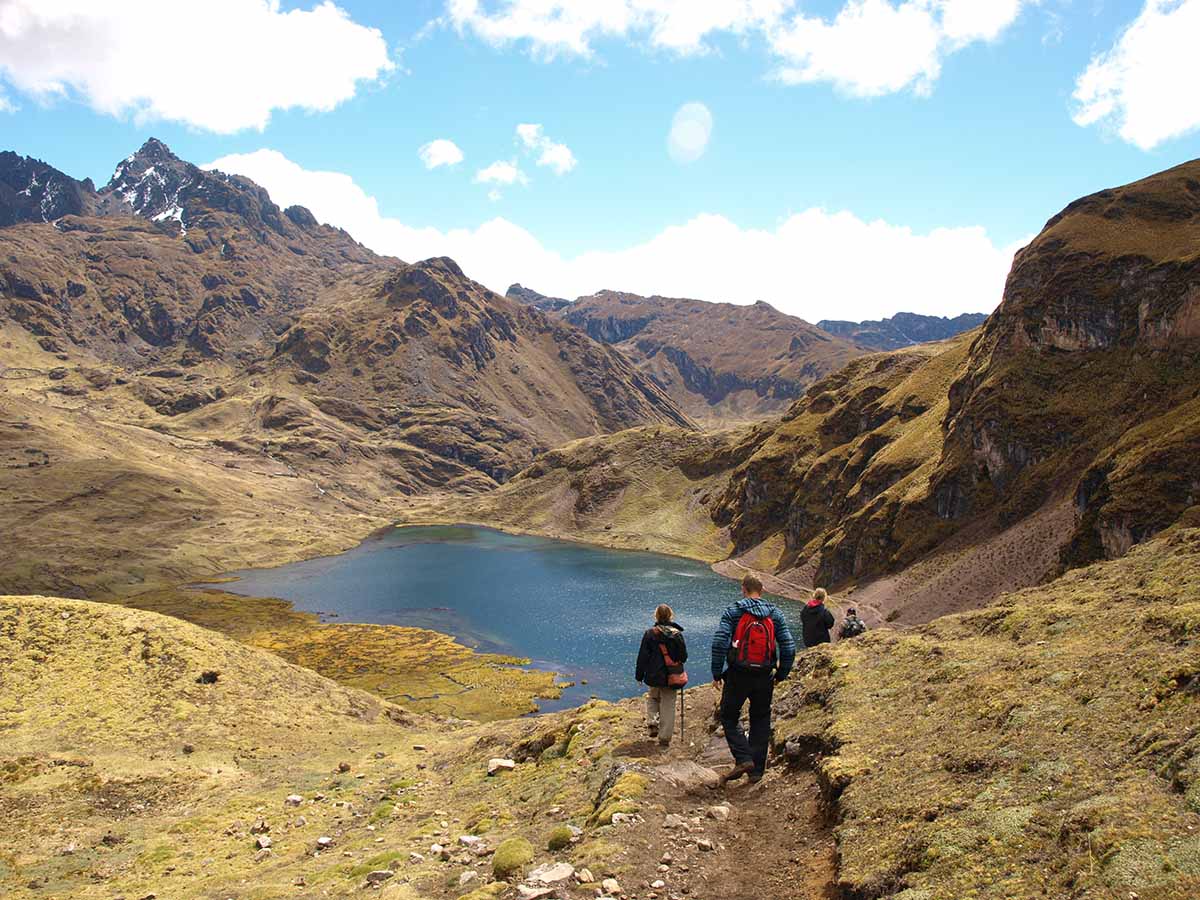
Lares trek is one of the best treks in Peru for avid hikers who are also culture enthusiasts. It winds through the Sacred Valley, along the way passing Andean villages and herds of llamas. In fact, it is even nicknamed the “Weaver’s Route” for the traditional occupation of the area. On top of cultural heritage, Lares boasts incredible mountain views and hot springs. Most consider Lares to be a moderate trek. However, it’s still at high elevation — higher than the Inca Trail — which is tough if you’re not acclimated.
The trail is another alternative to the Inca Trail but ends far from Machu Picchu. On the third day of the trek, you end in Ollantaytambo where you take the train to Aguas Calientes. On the fourth day, you are able to tour the Inca citadel Machu Picchu. If you missed out on the Inca Trail and still dream of crossing through the Sun Gate, it’s still possible. You can combine the first two days of Lares with the 2-day (or short) Inca Trail.
Basic information:
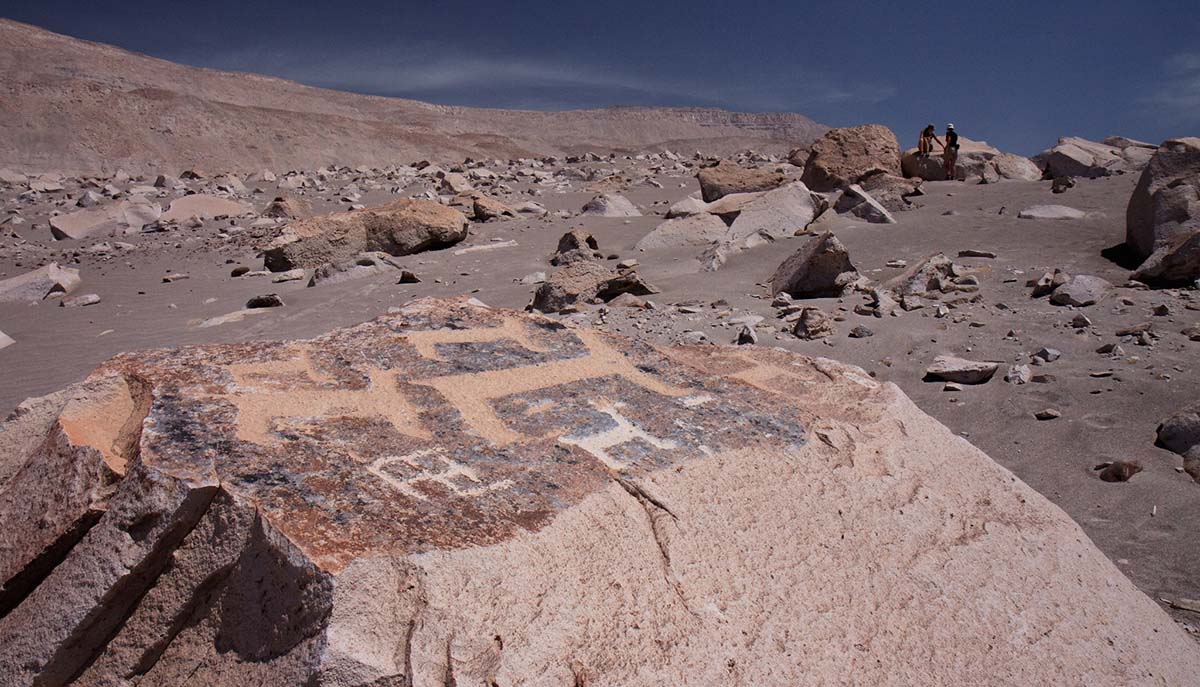
Cotahuasi Canyon, located near Arequipa, is one of the deepest canyons in the world. Although overshadowed by Colca Canyon, many consider Cotahuasi more picturesque of the two. En route to the trailhead, there are vistas of Coropuna and Chachani volcanoes. You’ll also see the ancient Wari Toro Muerto (“dead bull”) petroglyphs. More ruins also dot the trail, including pre-Inca Calla and Maukallaqta. Other noteworthy scenery includes Andean villages, the Sipia Waterfall and Judiopampa cactus forest.
This region lacks a lot of the trekking infrastructure seen in other parts of Peru. So if you’re looking for the furthest point off the beaten path, this is it. Most trekking companies will take you on a four-day tour of the canyon. However, independent trekkers can head out for as little or as long as they’d like. After a long (or even short) day of hiking, relax in the hot springs in the villages of Niñochaca or Luicho.
Basic information:
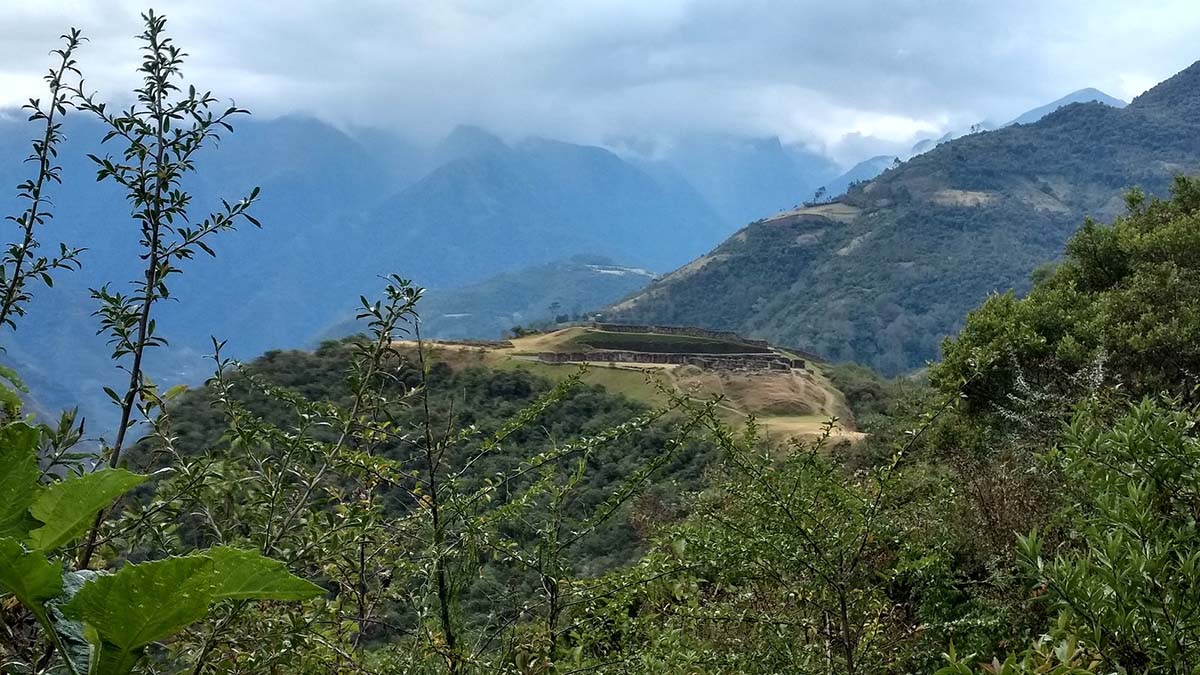
Vilcabamba is a historically intriguing trek in the network of Inca trails. It passes through the Vitcos archeological site, an ancient residence for Inca nobles. In fact, Hiram Bingham first came upon Vitcos before heading on to Machu Picchu during his 1911 trip. Trekkers will also see Yuraq Rumi (White Rock), a set of intricately cut ceremonial stones. Overall, the trail is moderate. However, there are three passes measuring between 13,450 and 14,765 feet (4,100–4,500 meters) all on the third day. From here, trekkers continue descending into the Peruvian cloud forest.
There are two versions of the Vilcabamba trek. The first is like the Salkantay trek and eventually leads to Santa Teresa. From here, trekkers take the hydroelectric train or continue hiking to Aguas Calientes. The other is a longer 7-day trek to Espiritu Pampa archeological site and then directly back to Cusco.
Basic information:
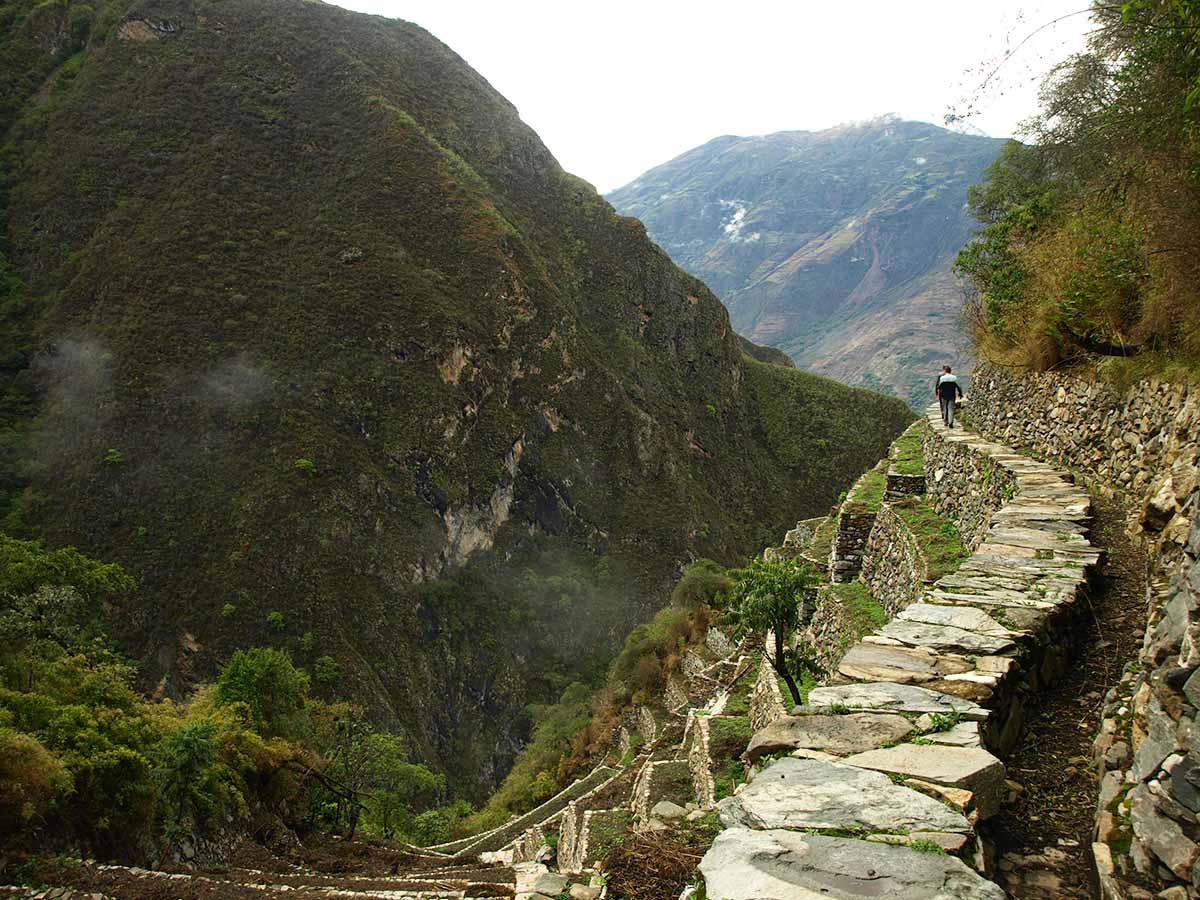
There are two ways to hike Choquequirao. If you only want to visit the (literally translated) “cradle of gold,” it’s just four days there and back. However, if you’d prefer to trek all the way to Machu Picchu, you need at least eight days. Like Salkantay, you’ll pass through Lucmabamba before ending in Aguas Calientes. The final day will be your tour of Machu Picchu.
Archeologists and historians consider Choquequirao to be Machu Picchu’s sister site. Their structures are very similar, with trapezoidal buildings and layers of terraces. The site itself is higher than Machu Picchu at 10,010 feet ( 3,050 m). During the reign of the Inca Empire, this site likely served as an entry point to the Inca capital in Cusco. Like the more well-known Inca Trail, Choquequirao is also part of the network of Inca trails in Peru.
Basic information:
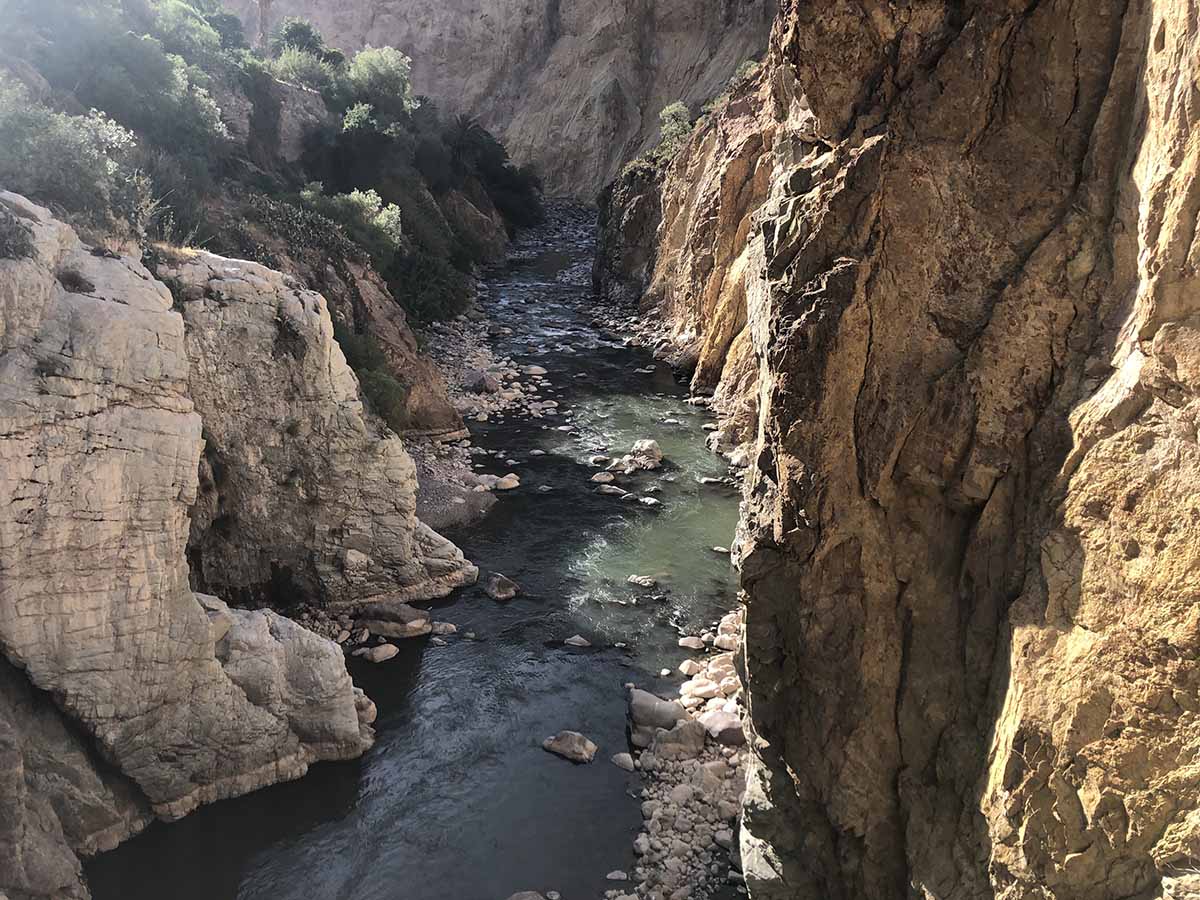
Colca Canyon‘s network of trails allows for treks suitable for any level of hiker. The easiest is a simple two-day, 5-mile trek from Cabaconde down to Sangalle Oasis and back. For a longer, three-day trek, you can include a stop at San Juan de Chuccho. Still not enough? Then extend the loop to include Llahuar! Those taking the long way around will also be rewarded with a stop by the Huaruro Waterfall. However, whichever trek you choose, the starting point Cabaconde is the highest point of each.
These treks don’t include any camping. Instead, you stay in lodges at Sangalle, San Juan and/or Llahuar. The lodges are basic but comfortable enough to get a good night’s rest. At the Sangalle Oasis lodge, you can cool off after your hike in the chilly pool. Meanwhile, at the Llahuar lodge, you can soak in the hot springs by the river! Apart from a bathing suit, be sure to pack your hat and sunscreen. The canyon becomes exceedingly hot in the afternoon sun.

There are, of course, many more incredible Peru treks and even day hikes to explore. However, when it comes to the most scenic and unique, these are without a doubt the ten best treks in Peru.
Contact us to get started planning your dream Peru trekking adventure!
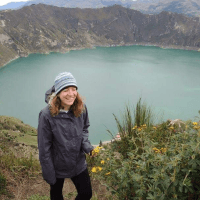
Family trips abroad gave Rachel an insatiable taste for foreign languages and cultures.
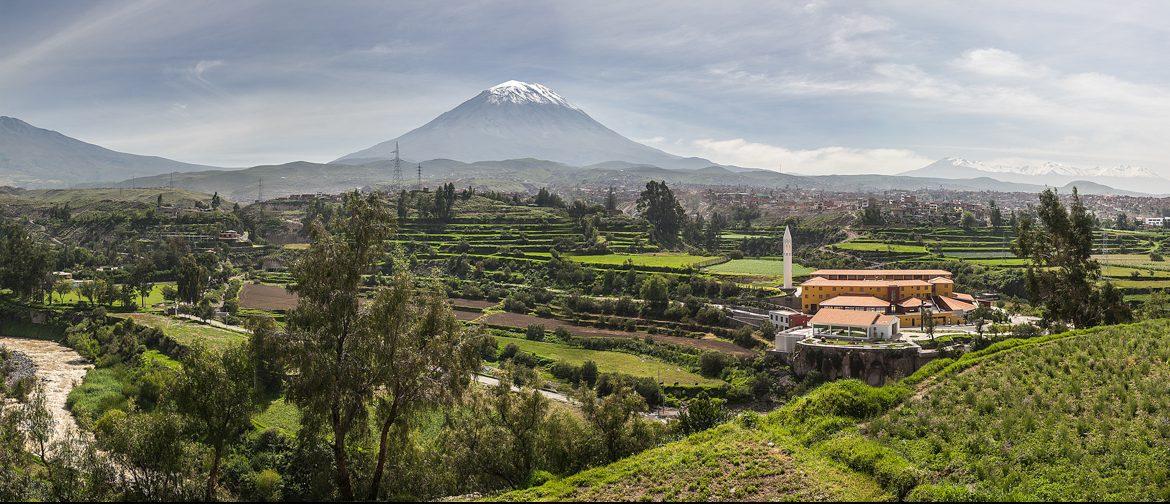
Arequipa is a true traveler’s paradise. Cobblestoned streets, fairytale architecture, and the looming presence of Misti Volcano all make for fantastic photographs.
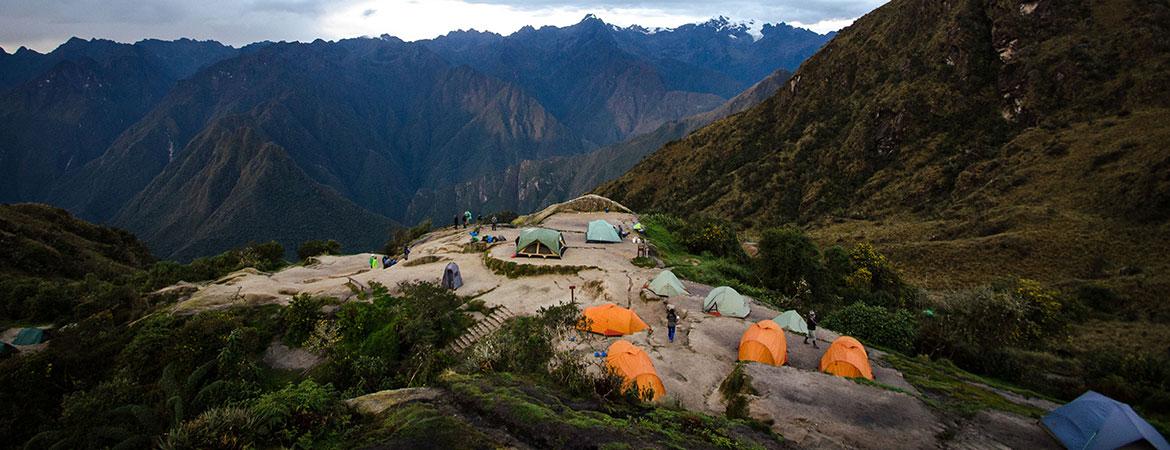
Stretching 42 km (26 mile) from the Sacred Valley to the Sun Gate of Machu Picchu, the classic Inca Trail traverses some of the most riveting landscapes in all of Peru.